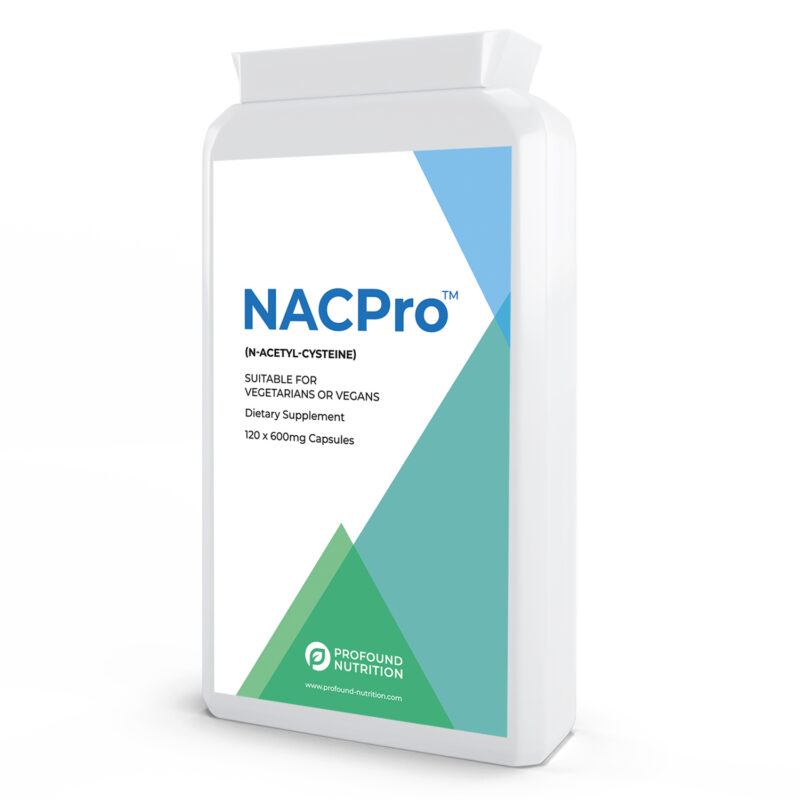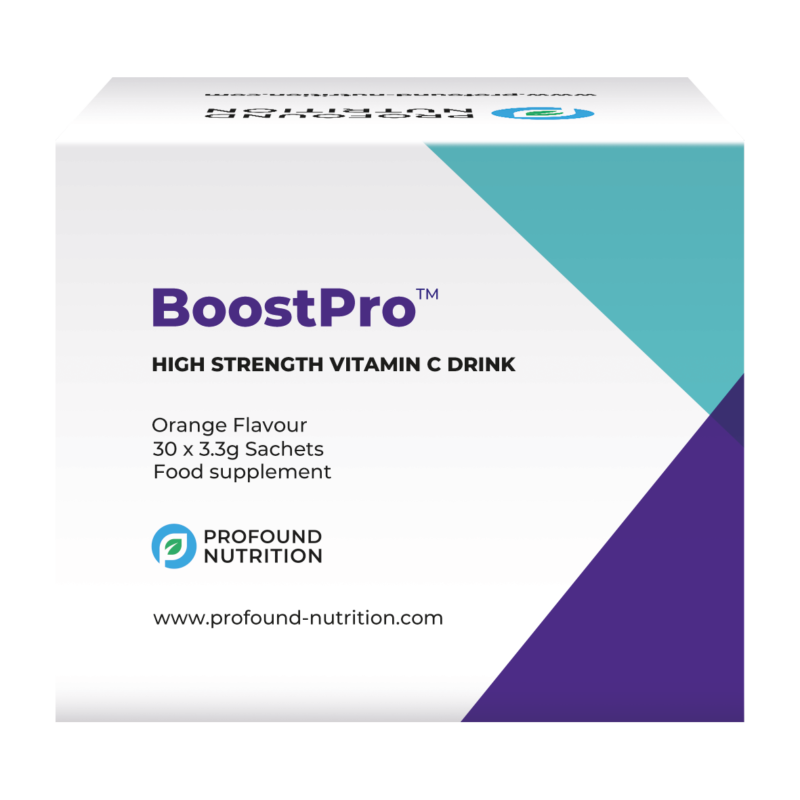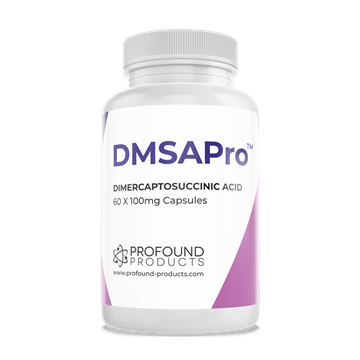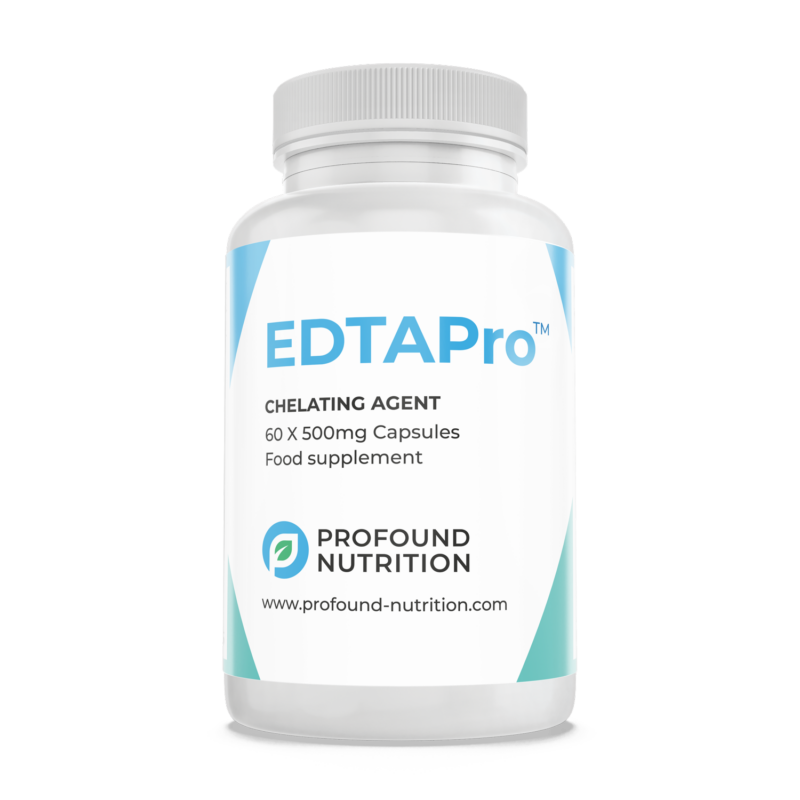Need to Detox
The need to detox can be caused by a few different health conditions or lifestyle causes. The build up of heavy metals in the body such as lead and mercury is something that we may not necessarily be able to avoid, but can cause health problems such as heavy metal poisoning and problems with the nervous system.
Chelation agents such as DMSA and EDTA are very potent and good at removing the heavy metals from the body that cause these health problems. High strength Vitamin C is also beneficial to overall health.



